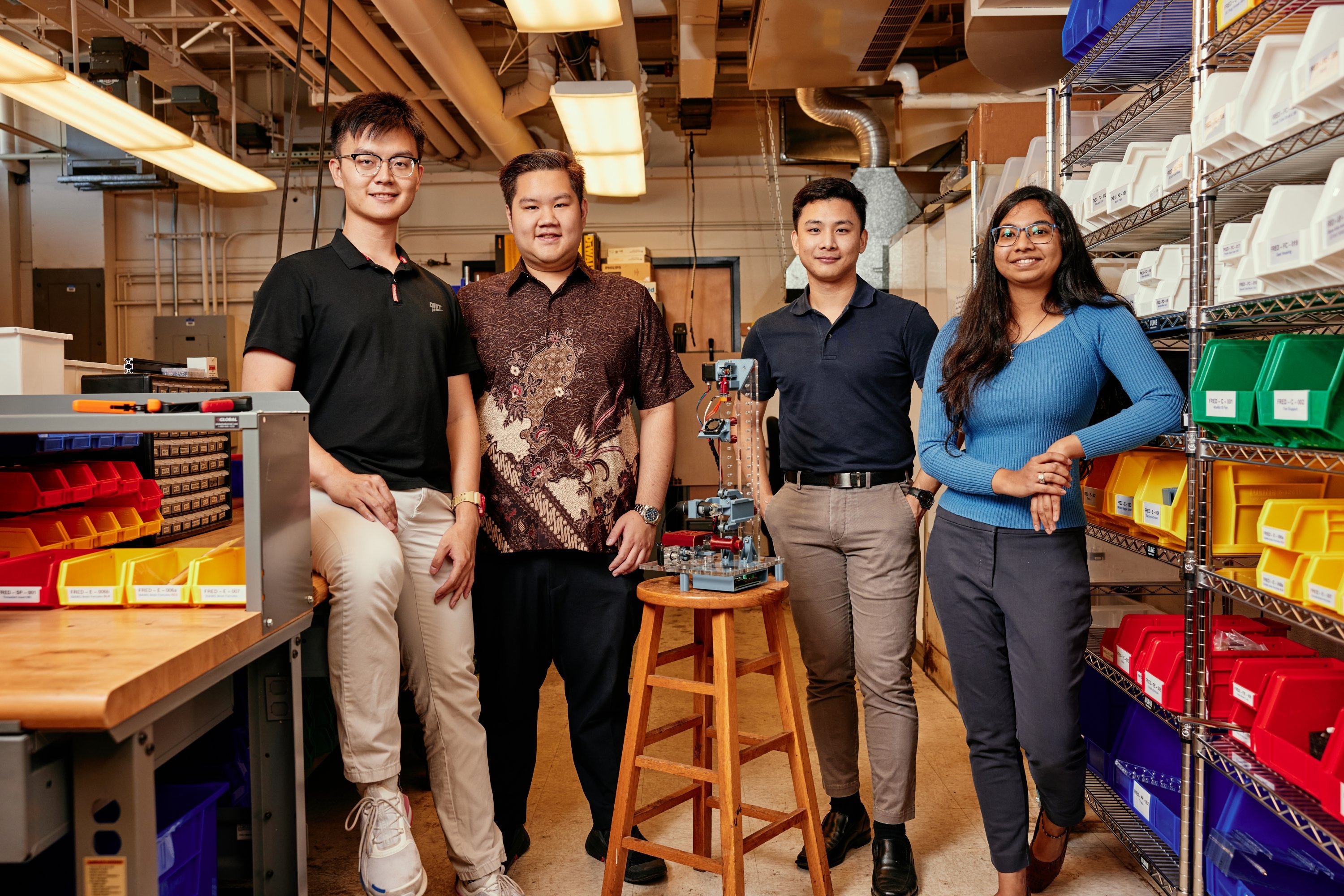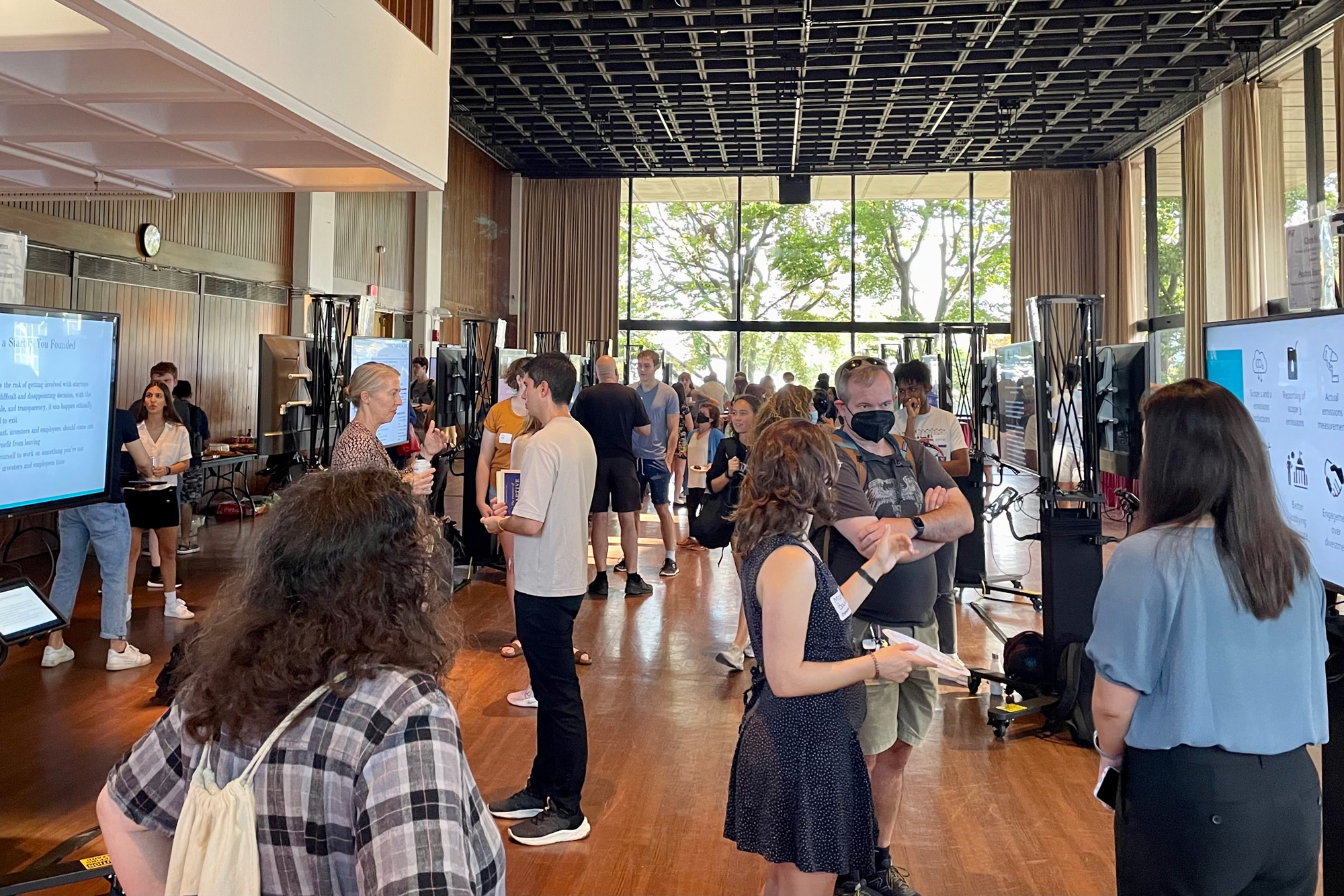Helping Students with Disabilities Thrive in Virtual Learning Environments
Image Source Many of us sorely miss the traditional classroom. From face-to-face interactions with our students to conversations with educators to after-school activities, we’re simply yearning for it all. But remote learning became our new normal, and it may stay that way in many of our schools. Many of our students experienced a rough transition […]


Image Source
Many of us sorely miss the traditional classroom. From face-to-face interactions with our students to conversations with educators to after-school activities, we’re simply yearning for it all. But remote learning became our new normal, and it may stay that way in many of our schools.
Many of our students experienced a rough transition going from a physical classroom to a virtual learning environment. But our students living with disabilities encountered additional hurdles in remote learning and continue to search for a way over them today.
Fortunately, parents and educators alike play an integral role in making virtual learning accessible and enjoyable to students living with disabilities. Let’s look at five ways you can help students living with a disability thrive in a virtual learning environment.
Set up a Solid Learning Environment at Home
Abruptly removing students living with disabilities from the learning environments they are familiar with can cause anxiety, difficulty focusing, delays in learning progression, and so forth. But you can help mitigate the effects of this transition by helping them set up a good learning environment at home.
So, work with parents to create a list of accommodations their student has in your classroom. Then, make them a part of your students’ at-home learning environment. For example, their space can include any assistive technology they use, personalized desks, physical therapy equipment, or fidget toys that help them stay focused.
In helping your students set up the best at-home learning environment possible, you can also ensure they have the tools they need to thrive.
Ensure Each Student Has the Tools They Need
Unfortunately, student’s living with disabilities have a difficult time getting everything they need to learn at home. But your students’ at-home learning environment must have all of the tools, software, and learning devices they need to thrive.
So, create a list of any technological tools, software, and digital learning devices needed. Then, work on locating and delivering them. For example, you could ensure each student has a laptop and headset and free/affordable internet service. You could then set up any apps and programs that will aid their virtual learning experience. Or, if your students utilize virtual reality tools, ensure they have access to them whenever needed.
Once your students are set up with the tools they need in their new learning environment, it’s good practice to check in with them daily.
Daily Check-ins
Whether students living with disabilities thrive in a virtual learning environment is highly dependent on their relationship with you. So, nurture your student relationships with daily check-ins.
Many educators incorporate daily check-ins in the morning before class starts to determine what their students need to conquer the day’s lesson plan. In contrast, other educators wait until the day is over to connect with their students and get feedback on their virtual learning journey.
Additionally, you can make parents a part of these daily check-ins. Or, set up a separate time to chat with them about their student’s progress and their experience as a parent. All in all, you want to ensure you're taking time out of each day to reach out to your students and better your relationship with them and their parents.
By taking time to meet with students each day, you can learn more about what they need to thrive academically. For example, one-on-one learning sessions a couple of times a week.
Offer One-on-One Learning Sessions
A positive relationship with your students will help you determine which ones could benefit from personalized learning or an individual education plan. You may have found that more of your students could benefit from one-on-one time in a virtual learning environment. So, offer individual learning sessions to your students.
Set up a one-on-one learning session with each of your students at least once a week to help with any homework, answer lingering questions, continue working on an individual learning goal, and so forth. Keep them at the same time each week, so parents have an opportunity to plan their days around them as well. You also want to ensure you offer additional one-on-one time to any student that needs it. Taking the time to work with your students individually will help develop your relationship with them and help them progress academically.
In addition to building a solid relationship with you, encourage your students to socialize with one another outside of the classroom.
Encourage Socialization
Many students living with special needs have a difficult time socializing. But in-person classes presented a safe space for interacting with others. So, it’s crucial you still create an environment that invites collaboration, connection, and socialization in a virtual classroom.
You should encourage your students to engage in social activities outside of the classroom. For example, meet with parents about setting up virtual playdates with other classmates. Or encourage them to attend virtual school events.
Also, encourage your students to learn outside of the classroom by engaging with appropriate media. For example, you could send them colorful, engaging comic books with characters living and thriving with disabilities like Daredevil, Professor X, and Cyclops. These reading materials can educate students on positive messages and positive ways of being in this world. Encouraging their interaction with all sorts of media can help them socialize with others better and connect with themselves more.
Ultimately, coupling classroom activity with outside socialization ensures your students are developing personally and in their education.
Conclusion
Parents and teachers must work together to help their students succeed, enjoy, and thrive. Implement the tips above to wholly support your students living with a disability in a virtual learning environment.





































